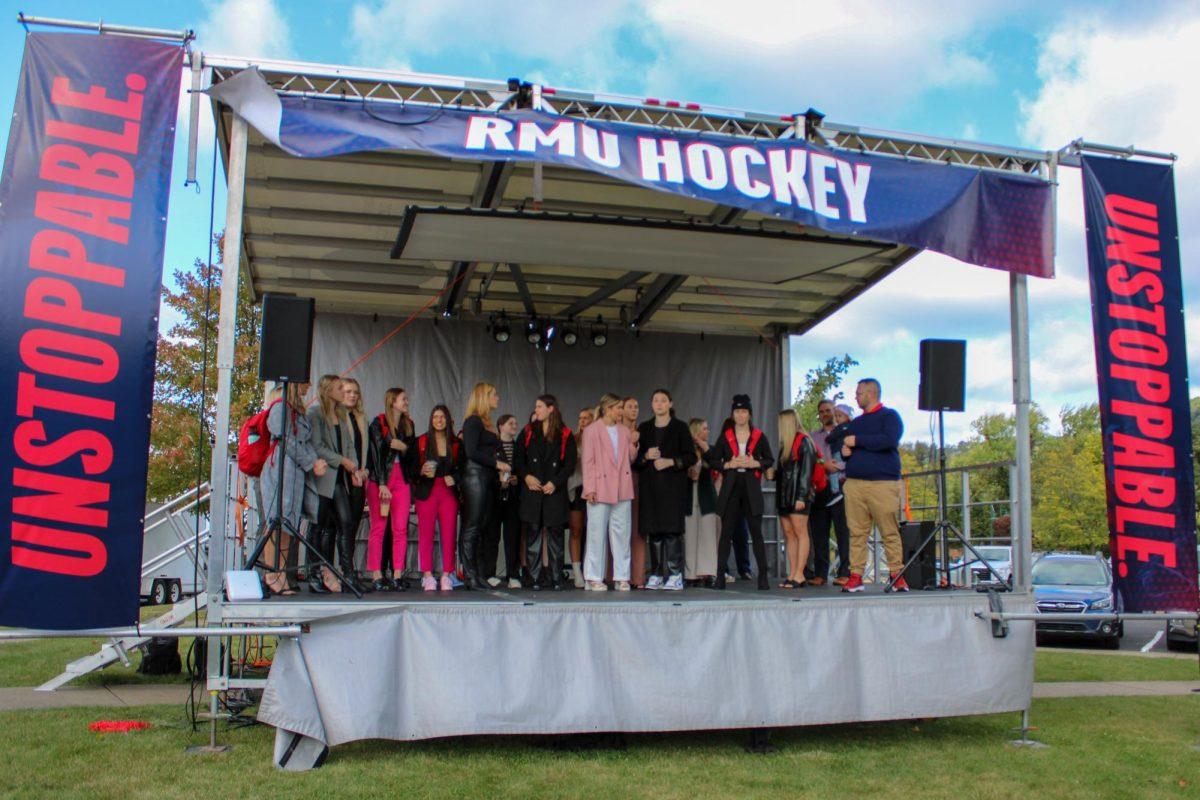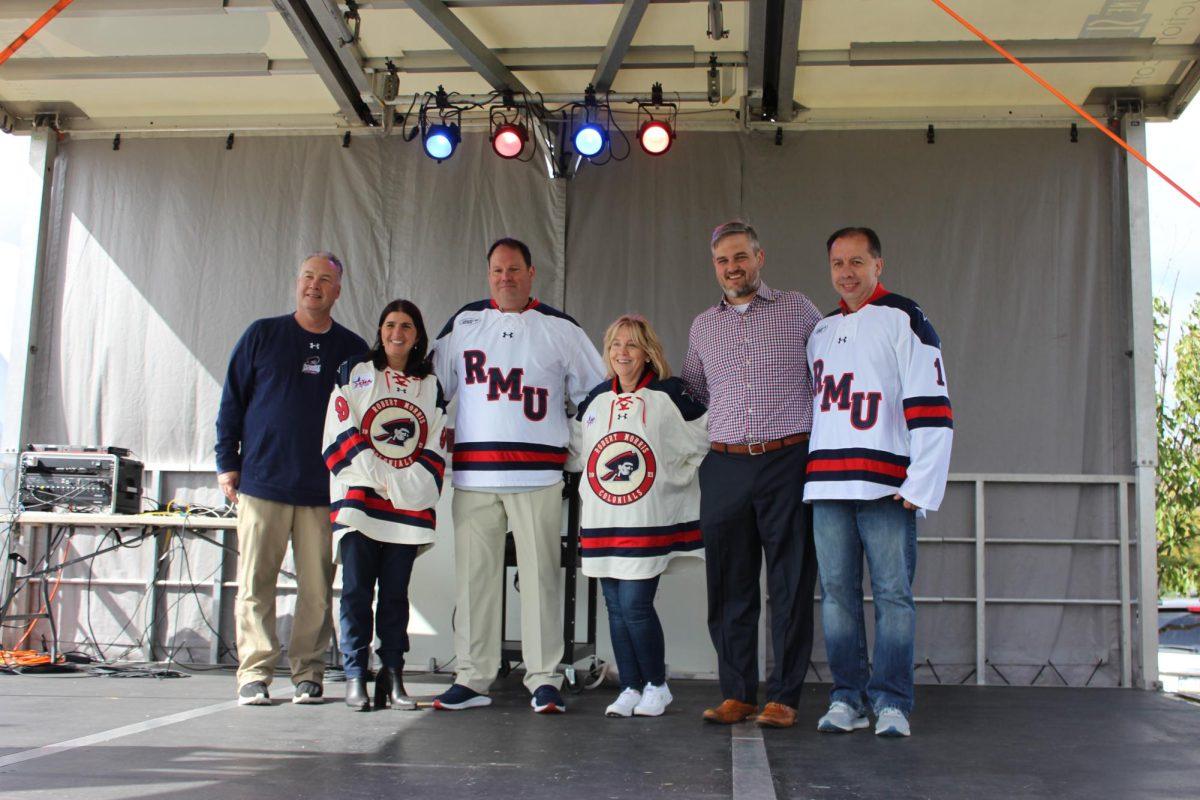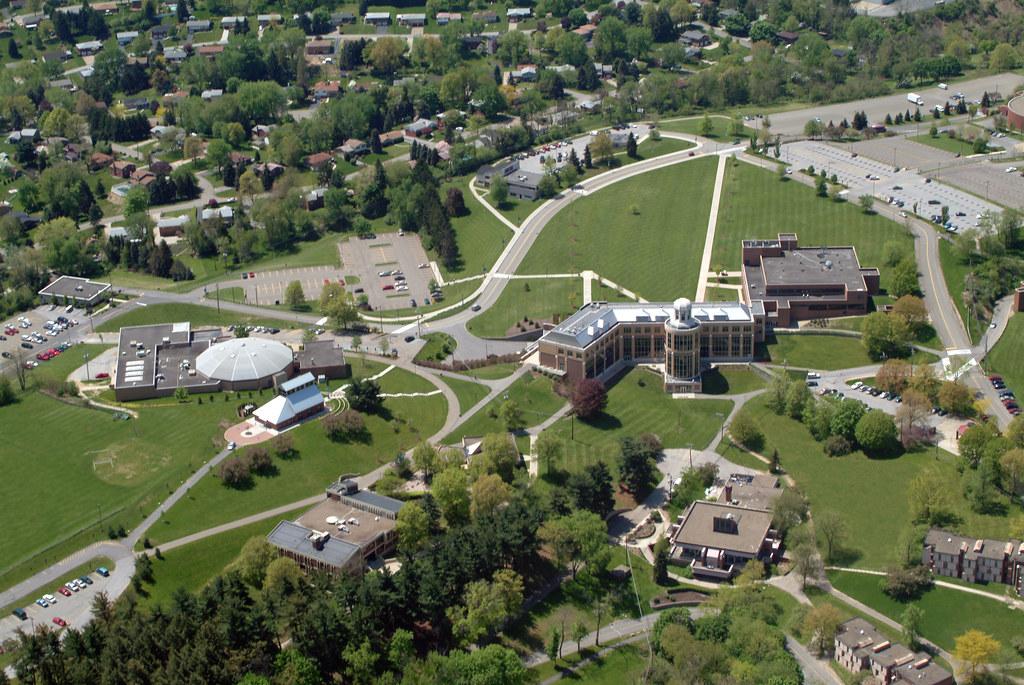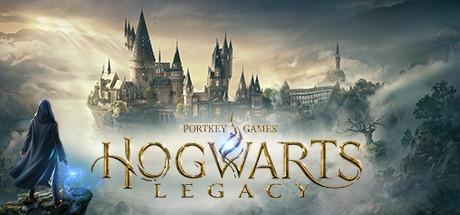About two hours away from Pittsburgh, is the city in which the biggest mine disaster took place. More than 361 workers died from this explosion, including 170 Italian immigrants.
Dr. Joe D’Andrea, a retired professor of the Moon Township school district and an honorary doctorate receiver from Robert Morris University (RMU), became the driving force behind the commemoration of the Italians who died in the explosion.
He explained that most of the workers were immigrants recruited in Europe by agents. They would arrive in New York, and would travel to West Virginia to work 10 hours a day in the mine.
“Labor was cheap,” explained D’Andrea. “The company was making good profit.”
The companies owned everything, including the stores and the poorly conditioned houses, in the towns where the workers lived. The money they earned went back to the companies.
“They were called company towns,” said D’Andrea.
There was barely any government supervision in the mine.
“The conditions were not safe,” added D’Andrea. “If you come out at night, you’re lucky.”
Men and male children starting at age 13 or 14 worked at the mine, while the women stayed at home to take care of the children and maintain the houses.
On a cold December 6, 1907, the men and children went to work at 5:30 a.m. to return home 10 hours later.
It was 10:20 a.m. when the explosion started.
“The dogs were howling,” explained D’Andrea. “The women… knew that something awful had happened. They all rushed to the… mine.”
The women and children were screaming for their loved ones in different languages.
“It was a scene out of a biblical movie,” exclaimed D’Andrea.
No one could enter the mine then because it was too hot. Later on, the women were asked to recognize what was left of their men. One woman recognized her husband by his red socks.
The men left behind one thousand orphans and 300 widows.
“Only one man survived,” said D’Andrea. “He was from poland.”
Unfortunately, that man, Peter Urban, died about 19 years later in that same mine.
The explosion was felt from about five kilometers away. Railroad tracks and buildings shook.
The company, Fairmont Coal, which is no longer in existence, did not provide any compensation to the survivors so they wouldn’t assume guilt for the incident. However they did provide a land to bury the deaths.
As a result, a commission, the Monongah Mining Fund, was created to collect a fund for the survivors. Donors across the country and two from Mexico and Cuba contributed to the commission. It allowed the surviving family members to receive 300 dollars for the husbands and 100 dollars for every child who died.
“I came to know about this incident in 1983,” said D’Andrea. He heard of it at a conference, and became curious since then.
“I returned storming in my office,” he explained.
However, bureaucratic work took him away. He started to actively research on the incident in 1992. He asked his brother to find a professor at an American university from Monongah. He then met with that professor there.
Most of the Italians who perished, 87 of them, were actually from Molisse, one of the smallest regions of Italy and D’Andrea’s hometown.
As soon as he learned of the number of those who were from Molisse, he reached out to the town.
“I took a plane [and] had a press conference,” D’Andrea. He informed the people of Molisse about its possible relatives burried in Monongah.
The United States and the Italian government have been very involved in commemorating those who perished in the incidents. The Italian donated two thousand dollars to restore the cemetery. There have also been countless conferences held for the incident.
“Conferences were held, scholarships were given, [and] students were involved,” said D’Andrea. “They knew about Monongah.”
“Why is this important?” said D’Andrea. “History is a bucket of ashes, [and] those ashes are the best fertilizers for the government.”








